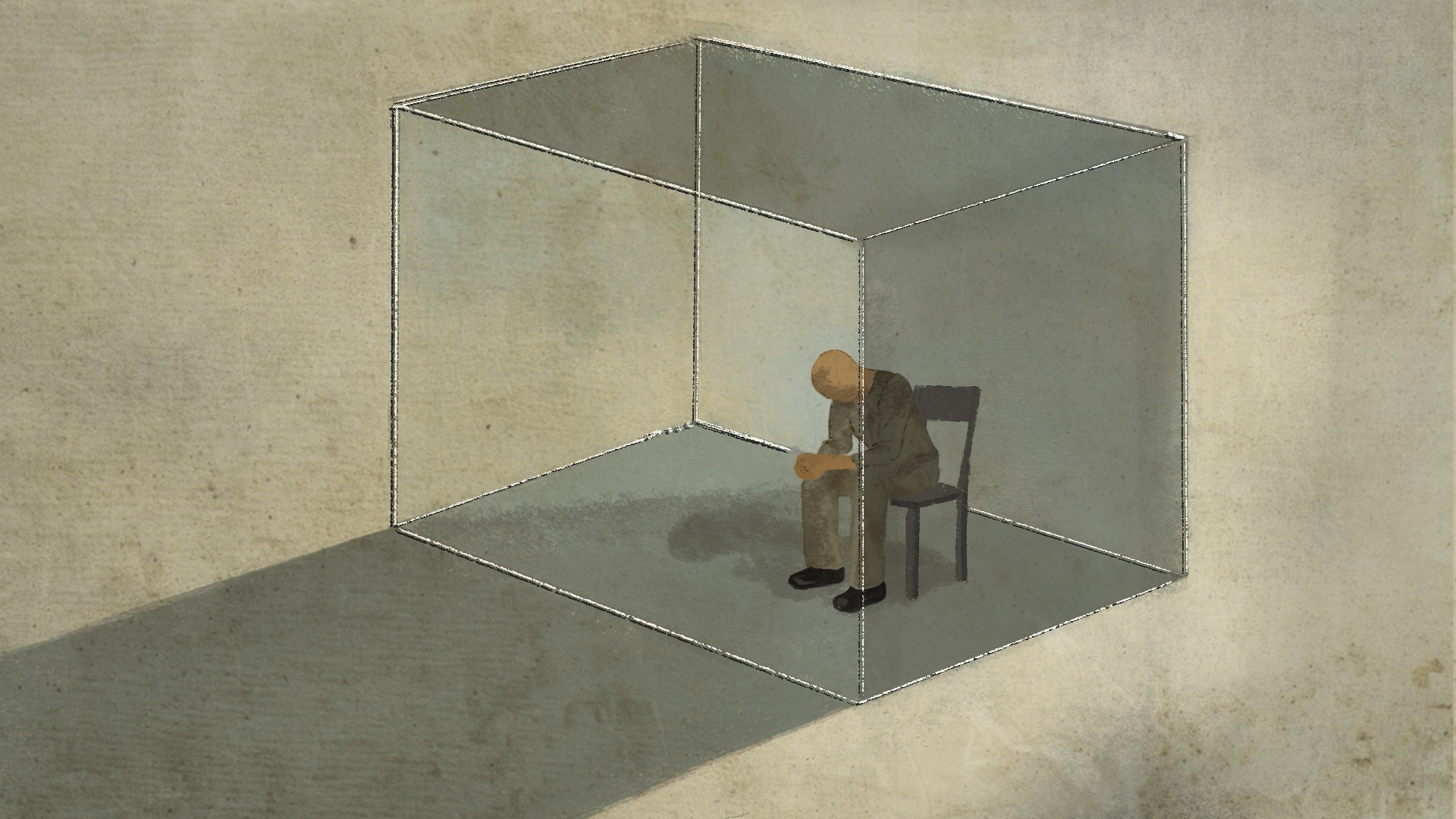Trump administration increasingly places immigrants in solitary confinement, report finds
WASHINGTON — Use of solitary confinement in immigration detention is soaring under the Trump administration, according to a report published Wednesday by Physicians for Human Rights using federal data and records obtained through Freedom of Information Act requests.
Immigration and Customs Enforcement placed at least 10,588 people in solitary confinement from April 2024 to May 2025, the report found. Contributors also included experts from Harvard University’s Peeler Immigration Lab and Harvard Law School.
The use of solitary confinement during the first four months of the current Trump administration increased each month, on average, at twice the rate found between 2018 and 2023, researchers found, and more than six times the rate during the last several months of 2024.
“Every month from February through May, which are the full calendar months of the new administration, the number of people placed in solitary in ICE [custody] increased by 6.5%,” said Dr. Katherine Peeler, medical advisor for Physicians for Human Rights, and assistant professor of pediatrics at Harvard Medical School. “That was really dismaying.”
Solitary confinement, in which detainees are held alone for at least 22 hours a day, is used in ICE detention facilities as a form of punishment or to protect certain at-risk immigrants.
In a statement Thursday, assistant Homeland Security secretary Tricia McLaughlin said ICE prioritizes the safety and security of people in its custody.
Detainees are placed into disciplinary segregation “only after they are found guilty by a disciplinary hearing panel,” she said.
Any detainee scheduled for removal, release, or transfer is also placed into administrative segregation for 24 hours, she added. According to ICE’s National Detention Standards, “such segregation may be ordered for security reasons or for the orderly operation of the facility.”
The United Nations has called solitary confinement longer than 15 consecutive days a form of torture.
ICE defines vulnerable detainees as those with serious medical or mental health conditions, disabilities, and those who are elderly, pregnant or nursing, at risk of harm due to sexual orientation or gender identity, or victims of abuse.
Among those categorized as vulnerable, the report states that solitary confinement lasted twice as long, on average, during the first three months of 2025 compared with the first fiscal quarter of 2022, when the agency started reporting those statistics.
This year, vulnerable detainees spent an average of 38 consecutive days in isolation, compared with 14 days in late 2021, according to the report.
The report notes that use of solitary confinement in immigration detention has risen “at an alarming rate” over the last decade, and that billions of dollars authorized earlier this year by Congress to expand detention will likely exacerbate the issue. It calls on the federal government to end the practice against immigrants who are detained for civil deportation proceedings, and for states and members of Congress to exercise oversight.
Nearly 59,000 immigrants were held in ICE custody as of Sept. 7, according to TRAC, a nonpartisan data research organization.
The researchers at Physicians for Human Rights analyzed individual cases in New England and found “systemic use of solitary confinement for arbitrary and retaliatory purposes,” such as requesting showers, sharing food or reporting sexual assault.
In California, detainees were placed in solitary confinement 2,546 times from September 2018 to September 2023, said Arevik Avedian, a lecturer and director of empirical research services at Harvard Law School.
Last year, ICE changed the way it reports that data. Instead of placements, in which the same person could be counted multiple times for different stints in solitary confinement, ICE now reports the number of individuals.
In California, ICE reported that 596 people were placed in solitary confinement from April 2024 to May 2025, she said.
During the period of 2018-2023, two California facilities ranked in the top five with the highest number of solitary confinement placements, she said — the Adelanto ICE Processing Center in San Bernardino County, and the Otay Mesa Detention Center in San Diego.
This year, the data reflect ICE’s investment in Republican-led states. According to the report, facilities with the most solitary confinement stints included Moshannon Valley Processing Center in Pennsylvania, Montgomery Processing Center in Texas, Buffalo Service Processing Center in New York, South Texas ICE Processing Center, and Eloy Detention Center in Arizona tied with Central Louisiana ICE Processing Center.
A previous report by the same authors found that ICE had used solitary confinement more than 14,000 times between 2018 and 2023, including one Otay Mesa detainee who was held for 759 days.

